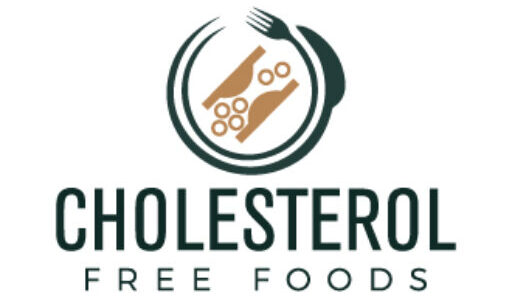What Are the Different Types of Cholesterol and Why Do They Matter for Your Heart?
Cholesterol often gets a bad reputation, but did you know that your body needs cholesterol to function properly? Cholesterol is a fatty substance (lipid) that helps build cell membranes, produce vital hormones like estrogen and testosterone, and support healthy brain and nerve function.
While your liver naturally produces most of the cholesterol your body needs, the rest comes from the foods you eat. Understanding the different types of cholesterol—and how they impact your health—is key to protecting your heart and keeping your arteries clear.
The Two Main Types of Cholesterol: HDL vs. LDL
Not all cholesterol is created equal. The two most common types are:
HDL (High-Density Lipoprotein) – “The Good Cholesterol”
HDL cholesterol acts like a cleanup crew for your bloodstream. It helps remove fatty deposits from your arteries by carrying cholesterol back to the liver, where it’s processed and eliminated from the body.
Having high HDL cholesterol (above 40 mg/dL for women and 35 mg/dL for men) can protect you from heart disease, stroke, and clogged arteries. To boost your HDL levels:
-
Stay active with regular aerobic exercise like walking, biking, or swimming
-
Eat healthy fats like avocados, nuts, seeds, and omega-3-rich fish (salmon, tuna, sardines)
-
Avoid smoking and limit refined sugar and processed foods
LDL (Low-Density Lipoprotein) – “The Bad Cholesterol”
LDL cholesterol, on the other hand, is the one you want to keep in check. It delivers cholesterol from your liver to your body’s tissues, but when there’s too much, it sticks to artery walls and forms dangerous plaques.
High LDL levels (above 160 mg/dL) can increase your risk of heart attacks, strokes, and peripheral artery disease. For those with heart disease or multiple risk factors, doctors often recommend LDL levels below 100 mg/dL—or even as low as 70 mg/dL.
Foods that can raise LDL include:
-
Fatty or processed meats (sausages, bacon, full-fat cuts)
-
Butter, cream, and whole milk products
-
Processed snacks, fried foods, and refined sugars
Replacing these with unsaturated fats, high-fiber foods, and lean proteins can help bring LDL levels down naturally.
What About VLDL (Very Low-Density Lipoprotein)?
VLDL cholesterol is another type of “bad” cholesterol. While less talked about, it primarily carries triglycerides (fats from your diet) through the bloodstream. High VLDL levels (above 40 mg/dL) can also contribute to plaque buildup and raise your risk of cardiovascular disease.
What Are Healthy Cholesterol Levels?
According to heart health experts, here’s what your cholesterol numbers should ideally look like:
-
Total Cholesterol: Below 200 mg/dL
-
HDL (Good): Above 40 mg/dL for men, 50 mg/dL for women
-
LDL (Bad): Below 100 mg/dL (or 70 mg/dL for high-risk individuals)
-
VLDL: Between 5–40 mg/dL
-
Triglycerides: Below 150 mg/dL
How to Keep Your Cholesterol Balanced Naturally
To protect your heart and maintain healthy cholesterol levels:
-
Exercise at least 30 minutes daily (even a brisk walk helps).
-
Eat a heart-healthy diet with plenty of fiber, vegetables, fruits, whole grains, and healthy fats.
-
Avoid smoking and limit alcohol.
-
Maintain a healthy weight.
-
See your doctor for regular cholesterol checks and guidance on lifestyle changes or medications if needed.
Bottom line: Cholesterol isn’t the enemy—imbalanced cholesterol is. By boosting your “good” HDL and lowering your “bad” LDL and VLDL, you can protect your arteries, reduce your risk of heart disease, and keep your cardiovascular system healthy for life.
FAQs
1. What are the main types of cholesterol?
The two primary types are HDL (“good” cholesterol) and LDL (“bad” cholesterol). HDL removes cholesterol from your arteries, while LDL can build up and cause plaque.
2. What’s a healthy cholesterol level?
Total cholesterol should be below 200 mg/dL. HDL should be 40 mg/dL or higher, LDL below 100 mg/dL, and triglycerides below 150 mg/dL.
3. How can I raise my HDL naturally?
Exercise regularly, eat healthy fats like nuts, avocados, and fish, and avoid smoking and processed foods.
4. What foods raise LDL cholesterol?
Fatty meats, butter, cream, fried foods, processed snacks, and baked goods with hydrogenated oils can raise LDL levels.
5. Can diet and exercise really lower cholesterol?
Yes. A heart-healthy diet, daily exercise, and weight management can significantly lower LDL and boost HDL levels naturally.








